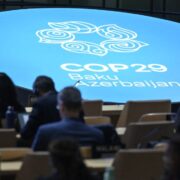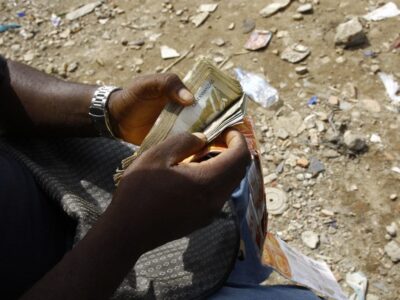
(Ecofin Agency) – Internet coverage gaps vary across the continent: 12% in West Africa, 9% in East Africa, and 34% in Central Africa. The ITU and IMF believe that $430 billion is needed to achieve universal connectivity by 2030.
Sub-Saharan Africa has made significant progress in internet coverage, reducing its internet coverage gap from 46.3% in 2015 to 13.3% in 2023, according to a Global System for Mobile Communications Association (GSMA) report released in October 2024. The report, titled The State of Mobile Internet Connectivity 2024, examines trends in telecommunications across the region since 2015.
The report reveals that the internet coverage gaps vary across subregions, with 12% in West Africa, 9% in East Africa, and a higher 34% in Central Africa. Within Central Africa, the Democratic Republic of Congo (DRC) stands out, where “46% of the population do not have mobile broadband coverage and 25% do not have any mobile coverage (including 2G).”
For the DRC to increase mobile coverage from 75% to 80%, GSMA estimates around 150 new sites would be needed. Reaching a 90% to 95% coverage level would require an estimated 5,700 new sites. The cost per person also rises dramatically as coverage expands. Extending coverage from 75% to 76% would cost about $7 per person while reaching 95% coverage would exceed $600 per person.
The International Telecommunication Union (ITU) and the International Monetary Fund (IMF) estimate that achieving universal connectivity by 2030 would require $430 billion in investment. However, this level of funding poses challenges for telecom operators since 27 of the 31 countries with over 10% coverage gaps are classified as least-developed nations.
High inflation rates and rising costs also add to the challenges. In low- and middle-income countries, inflation reached a median of 8.5% in 2022 and 6.2% in 2023, while mobile revenue growth averaged only 2% over the last three years. Given these conditions, community networks and satellite internet are emerging as potential solutions for connecting remote areas. Since January 2022, the U.S.-based satellite provider Starlink has rapidly expanded across the continent, though regulatory challenges have slowed its rollout. Moreover, high service costs make it unaffordable for much of the African population.
The GSMA report notes that internet access is essential for Africa’s digital transformation. “Mobile internet is connecting more people than ever before to critical services such as healthcare, education, e-commerce and financial services, and providing income-generating opportunities,” the report highlights.











Comments